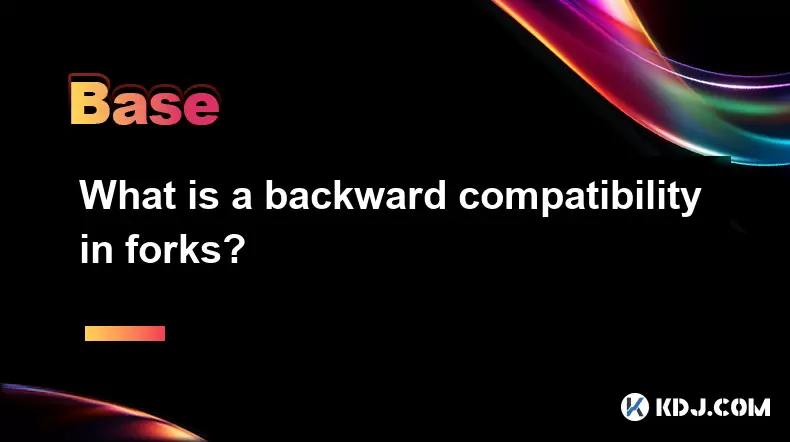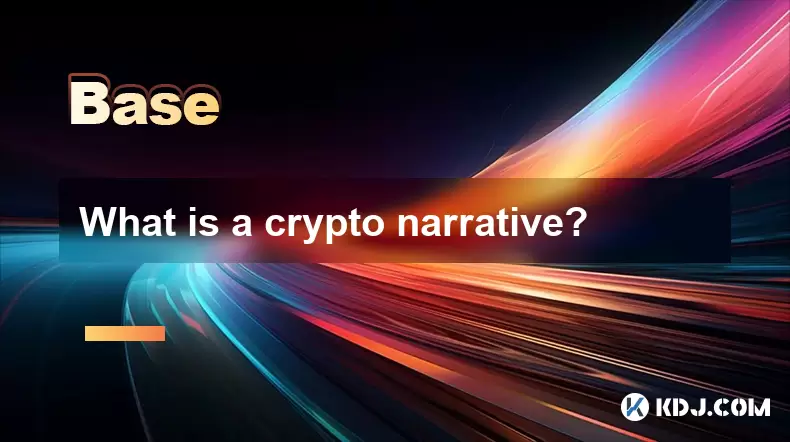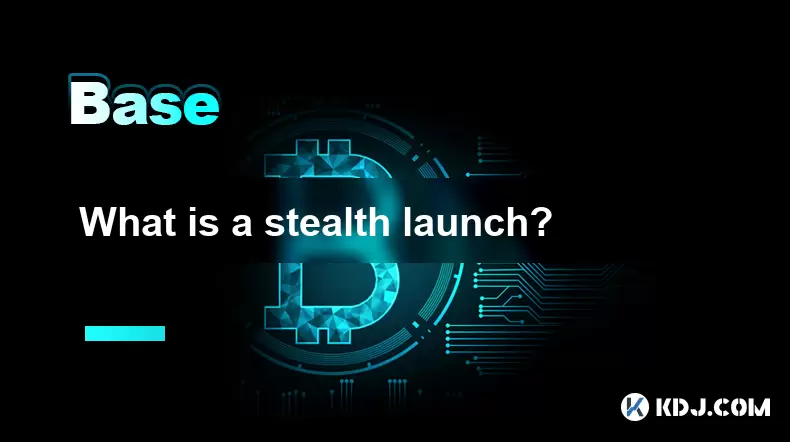-
 Bitcoin
Bitcoin $107,810.8710
-1.45% -
 Ethereum
Ethereum $2,531.4386
-1.75% -
 Tether USDt
Tether USDt $1.0000
-0.03% -
 XRP
XRP $2.2542
-0.99% -
 BNB
BNB $659.1350
-0.50% -
 Solana
Solana $148.5456
-2.40% -
 USDC
USDC $0.9999
-0.02% -
 TRON
TRON $0.2868
-0.44% -
 Dogecoin
Dogecoin $0.1666
-3.65% -
 Cardano
Cardano $0.5751
-2.36% -
 Hyperliquid
Hyperliquid $37.6845
-5.51% -
 Bitcoin Cash
Bitcoin Cash $494.9448
-0.65% -
 Sui
Sui $2.8396
-3.31% -
 Chainlink
Chainlink $13.2423
-2.59% -
 UNUS SED LEO
UNUS SED LEO $9.0482
0.02% -
 Stellar
Stellar $0.2467
-2.44% -
 Avalanche
Avalanche $17.8165
-3.63% -
 Shiba Inu
Shiba Inu $0.0...01158
-2.41% -
 Toncoin
Toncoin $2.7397
-3.42% -
 Hedera
Hedera $0.1560
-2.73% -
 Litecoin
Litecoin $85.8559
-2.34% -
 Monero
Monero $315.3710
-2.30% -
 Dai
Dai $1.0001
0.00% -
 Polkadot
Polkadot $3.3443
-2.03% -
 Ethena USDe
Ethena USDe $1.0001
0.01% -
 Bitget Token
Bitget Token $4.2888
-3.73% -
 Uniswap
Uniswap $7.3388
-1.57% -
 Aave
Aave $278.2986
-3.05% -
 Pepe
Pepe $0.0...09807
-3.67% -
 Pi
Pi $0.4563
-2.39%
What is a backward compatibility in forks?
A blockchain fork changes the protocol, with soft forks being backward compatible and hard forks causing permanent splits.
Jul 08, 2025 at 03:00 am

Understanding Blockchain Forks
In the context of blockchain technology, a fork refers to a change in the protocol of a blockchain network. These changes can vary from minor upgrades to complete overhauls of the system’s rules. Forks are essential for implementing new features, fixing vulnerabilities, or improving scalability and performance. There are two primary types of forks: soft forks and hard forks. Each behaves differently regarding compatibility with previous versions of the software.
A soft fork is backward compatible because nodes running older versions of the software will still recognize the new blocks as valid. This type of fork introduces rules that are stricter than the existing ones, ensuring that upgraded nodes enforce additional constraints without breaking compatibility with non-upgraded nodes.
On the other hand, a hard fork creates a permanent divergence in the blockchain. Nodes that do not upgrade to the new version will no longer accept the new blocks, leading to a split in the chain. This makes hard forks not backward compatible, as the old software cannot interpret the new rules correctly.
What Does Backward Compatibility Mean?
Backward compatibility in the context of blockchain forks means that nodes running older versions of the software can still validate new blocks and transactions introduced by an updated protocol. This ensures that the network remains unified even when not all participants have upgraded immediately.
For example, if a soft fork introduces a new transaction format, backward compatibility ensures that older nodes can still process these transactions even if they don’t fully understand the new format. They simply verify that the transactions adhere to the existing ruleset and ignore the new features unless they are upgraded.
This property is crucial for maintaining network consensus during upgrades. It allows for gradual adoption of new features without forcing every node to update simultaneously, which could lead to fragmentation and potential security risks.
How Soft Forks Maintain Backward Compatibility
Soft forks achieve backward compatibility through careful design. The updated rules must be a subset of the original rules, meaning any block that conforms to the new rules will also conform to the old rules.
Here’s how this works step-by-step:
- Old nodes accept new blocks: Since the new rules are more restrictive, blocks created under the new rules automatically comply with the old rules.
- New nodes reject invalid blocks: Upgraded nodes enforce the stricter rules and will not accept blocks that violate them, even if those blocks would have been accepted by older nodes.
- Gradual adoption: Users and miners can choose when to upgrade, allowing the network to transition smoothly without disruption.
An example of this is the introduction of Segregated Witness (SegWit) on the Bitcoin network. SegWit was implemented as a soft fork, enabling backward compatibility so that nodes that hadn’t upgraded could still validate transactions, albeit without recognizing the new structure of segregated witness data.
Why Hard Forks Are Not Backward Compatible
Hard forks introduce rules that are incompatible with the previous version of the software. Once a hard fork activates, nodes that haven't upgraded will no longer recognize the new blocks as valid, causing a split in the blockchain.
The lack of backward compatibility arises because:
- New rules may allow or disallow actions that were previously prohibited or permitted.
- Old nodes cannot interpret new transaction types or structures, leading them to consider such transactions invalid or malformed.
- Consensus failure occurs if both chains persist, potentially creating confusion and duplication of assets.
A notable example is the Bitcoin Cash hard fork from Bitcoin in 2017. Bitcoin Cash increased the block size limit, a change that wasn't recognized by Bitcoin nodes. As a result, the two networks now operate independently, each with its own set of rules and blockchain history.
Implications of Backward Compatibility for Network Security
Maintaining backward compatibility during a soft fork has important implications for network security:
- Reduced risk of chain splits: Since old nodes can still validate new blocks, there's less chance of accidental chain splits due to outdated software.
- Increased decentralization: Users aren’t forced to upgrade immediately, preserving decentralization during the transition period.
- Miner incentives alignment: Miners can upgrade at their convenience, reducing pressure and operational disruptions.
However, backward compatibility also comes with trade-offs. For instance, soft forks may leave parts of the network vulnerable to certain attacks if a significant portion of nodes doesn't upgrade. Additionally, some complex upgrades might be harder to implement via soft forks due to the need to maintain compatibility with older rules.
Practical Considerations When Implementing Forks
When developers plan a fork, they must decide whether to use a soft fork or a hard fork based on several factors:
- Nature of the upgrade: If the change involves relaxing rules or adding new features that require recognition only by upgraded nodes, a soft fork is preferred.
- Community support: A soft fork typically requires less coordination since it doesn’t force users to upgrade immediately.
- Security impact: Developers assess whether the proposed change could expose the network to vulnerabilities if not universally adopted.
Before activating a fork, extensive testing is conducted on testnets to ensure that backward compatibility functions as intended. Tools like BIPs (Bitcoin Improvement Proposals) help outline the technical specifications and rationale behind proposed changes.
Additionally, communication strategies are vital. Developers often release educational materials explaining the nature of the fork, its benefits, and instructions for upgrading if necessary.
Frequently Asked Questions
Q: Can a hard fork ever be made backward compatible?
No, by definition, a hard fork introduces changes that make new blocks invalid to old nodes. This incompatibility is inherent to hard forks and distinguishes them from soft forks.
Q: What happens if a majority of miners don’t upgrade after a soft fork?
If most miners don’t upgrade, the network may not enforce the new rules effectively. However, the blockchain remains intact since old nodes still accept the new blocks as valid.
Q: How do wallets handle backward compatibility during a fork?
Wallets typically update their software in advance of a fork to ensure compatibility. In the case of a soft fork, older wallet versions may not support new features but can still send and receive funds normally.
Q: Is backward compatibility always desirable in blockchain upgrades?
While backward compatibility offers advantages like smoother transitions and reduced fragmentation risks, it may not always be feasible. Some upgrades require fundamental changes that necessitate a hard fork despite the loss of backward compatibility.
Disclaimer:info@kdj.com
The information provided is not trading advice. kdj.com does not assume any responsibility for any investments made based on the information provided in this article. Cryptocurrencies are highly volatile and it is highly recommended that you invest with caution after thorough research!
If you believe that the content used on this website infringes your copyright, please contact us immediately (info@kdj.com) and we will delete it promptly.
- Bitcoin's Bullish Volatility: Traders Bet on a Q3 Surge
- 2025-07-08 13:10:12
- Meme Coins 2025: Presale Surge and ETF Hopes?
- 2025-07-08 12:30:11
- Gate.io, Pump.fun, and the Mysterious Token Sale: What's the Deal?
- 2025-07-08 12:30:11
- Bitcoin Price Decline: Navigating Support Levels Amid Market Uncertainty
- 2025-07-08 13:15:12
- Pi Coin Price Prediction Today: Is a Breakout Imminent?
- 2025-07-08 12:50:11
- XRP, Breakout, and Altcoins: Navigating the Crypto Rollercoaster
- 2025-07-08 12:50:11
Related knowledge

What is a user-generated content (UGC) NFT platform?
Jul 04,2025 at 01:49pm
Understanding the Concept of a UGC NFT PlatformA user-generated content (UGC) NFT platform is a digital marketplace or ecosystem where users can create, mint, and trade non-fungible tokens (NFTs) that represent ownership of original digital content they produce. Unlike traditional NFT platforms where creators often include professional artists or develo...

What is composability in DeFi?
Jul 06,2025 at 04:07pm
Understanding the Concept of Composability in DeFiComposability in DeFi refers to the ability of decentralized finance protocols and smart contracts to interact seamlessly with one another, much like building blocks that can be combined in various ways to create new financial products and services. This concept is a core innovation within the DeFi ecosy...

What is a "crypto primitive"?
Jul 05,2025 at 10:14pm
Defining the Concept of a Crypto PrimitiveIn the context of blockchain and cryptocurrency, a crypto primitive refers to a fundamental building block or foundational element used in constructing decentralized systems and cryptographic protocols. These primitives are essential for enabling secure transactions, consensus mechanisms, and smart contract exec...

What is a crypto narrative?
Jul 07,2025 at 10:56pm
Defining the Concept of a Crypto NarrativeA crypto narrative refers to the overarching story or theme that drives interest, investment, and development within a particular segment of the cryptocurrency market. Unlike traditional financial assets, cryptocurrencies often gain momentum not solely based on technical merits but through compelling narratives ...

What is a stealth launch?
Jul 08,2025 at 06:42am
What Exactly Defines a Stealth Launch in Cryptocurrency?A stealth launch refers to the practice of launching a cryptocurrency project without prior public announcement or marketing efforts. This method is often used by development teams who prefer to keep their project under wraps until it reaches a certain level of maturity, adoption, or liquidity. Unl...

What is a fair launch?
Jul 05,2025 at 07:31pm
Understanding the Concept of a Fair LaunchA fair launch refers to the release of a cryptocurrency or blockchain project in a manner that ensures equal opportunity for all participants. Unlike traditional token launches, which may involve private sales, venture capital funding, or pre-mining, a fair launch emphasizes transparency and decentralization. In...

What is a user-generated content (UGC) NFT platform?
Jul 04,2025 at 01:49pm
Understanding the Concept of a UGC NFT PlatformA user-generated content (UGC) NFT platform is a digital marketplace or ecosystem where users can create, mint, and trade non-fungible tokens (NFTs) that represent ownership of original digital content they produce. Unlike traditional NFT platforms where creators often include professional artists or develo...

What is composability in DeFi?
Jul 06,2025 at 04:07pm
Understanding the Concept of Composability in DeFiComposability in DeFi refers to the ability of decentralized finance protocols and smart contracts to interact seamlessly with one another, much like building blocks that can be combined in various ways to create new financial products and services. This concept is a core innovation within the DeFi ecosy...

What is a "crypto primitive"?
Jul 05,2025 at 10:14pm
Defining the Concept of a Crypto PrimitiveIn the context of blockchain and cryptocurrency, a crypto primitive refers to a fundamental building block or foundational element used in constructing decentralized systems and cryptographic protocols. These primitives are essential for enabling secure transactions, consensus mechanisms, and smart contract exec...

What is a crypto narrative?
Jul 07,2025 at 10:56pm
Defining the Concept of a Crypto NarrativeA crypto narrative refers to the overarching story or theme that drives interest, investment, and development within a particular segment of the cryptocurrency market. Unlike traditional financial assets, cryptocurrencies often gain momentum not solely based on technical merits but through compelling narratives ...

What is a stealth launch?
Jul 08,2025 at 06:42am
What Exactly Defines a Stealth Launch in Cryptocurrency?A stealth launch refers to the practice of launching a cryptocurrency project without prior public announcement or marketing efforts. This method is often used by development teams who prefer to keep their project under wraps until it reaches a certain level of maturity, adoption, or liquidity. Unl...

What is a fair launch?
Jul 05,2025 at 07:31pm
Understanding the Concept of a Fair LaunchA fair launch refers to the release of a cryptocurrency or blockchain project in a manner that ensures equal opportunity for all participants. Unlike traditional token launches, which may involve private sales, venture capital funding, or pre-mining, a fair launch emphasizes transparency and decentralization. In...
See all articles

























































































